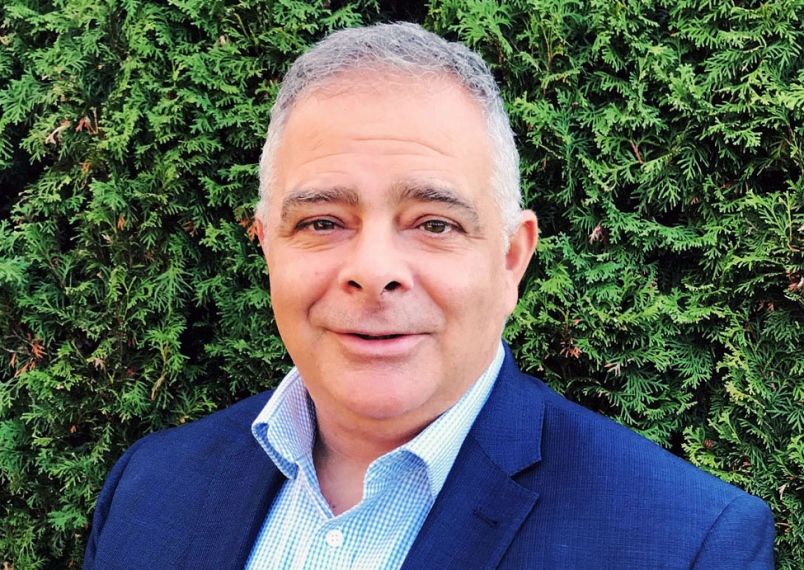are you at risk of prediabetes? important steps you can take now to change your health
mario miceli lives with regret and guilt. he wishes he could go back 14 years to when he was 42, and a doctor told him he had prediabetes
nov 3 2019
diabetes may begin more than a decade before diagnosis. here's what you need to know
'people who develop type 2 diabetes may show early warning signs of the disease more than 10 years before their diagnosis,' according to new research
nov 3 2019
why stigma should not be part of a diabetes diagnosis
while some people with obesity do have diabetes, many more do not. many people who exercise regularlyand are otherwise health conscious, develop t2d
nov 3 2019
young people with type 1 diabetes deal with stigma
two-thirds had felt embarrassed about their diabetes and were more likely to have poor blood sugar control than the one-third who did not experience stigma
nov 3 2019
why stigma should not be part of a diabetes diagnosis
while some people with obesity do have diabetes, many more do not. many people who exercise regularlyand are otherwise health conscious, develop t2d
nov 3 2019
young people with type 1 diabetes deal with stigma
two-thirds had felt embarrassed about their diabetes and were more likely to have poor blood sugar control than the one-third who did not experience stigma
nov 3 2019
how to make the most of your biggest resource: your diabetes team
for most people, the key to successful diabetes management is to be actively involved in their own care. but for many, the question is, how do you do that?
nov 3 2019
watch: staying safe while sick and living with type 2 diabetes
diabetes can often be hard to manage on its own, let alone when you are sick
nov 3 2019
how to make the most of your biggest resource: your diabetes team
for most people, the key to successful diabetes management is to be actively involved in their own care. but for many, the question is, how do you do that?
nov 3 2019
watch: staying safe while sick and living with type 2 diabetes
diabetes can often be hard to manage on its own, let alone when you are sick
nov 3 2019
have diabetes complications? don't worry, you can still work out — with a modified approach
if you live with diabetes-related complications, such as neuropathy and foot sores, you might wonder if you can safely exercise. the answer is yes!
nov 3 2019
food insecurity and diabetes: how a lack of nutritious food can affect your health
people living with diabetes may be more likely than other canadians to experience food insecurity because of added health-care expenses
nov 3 2019
 7 minute read
7 minute read















